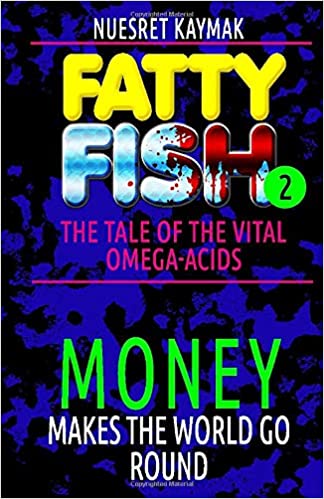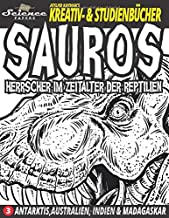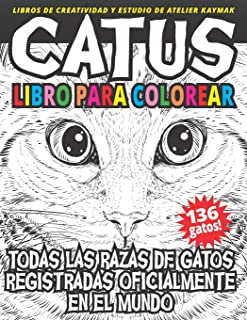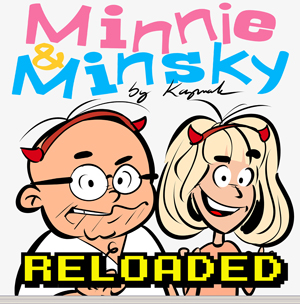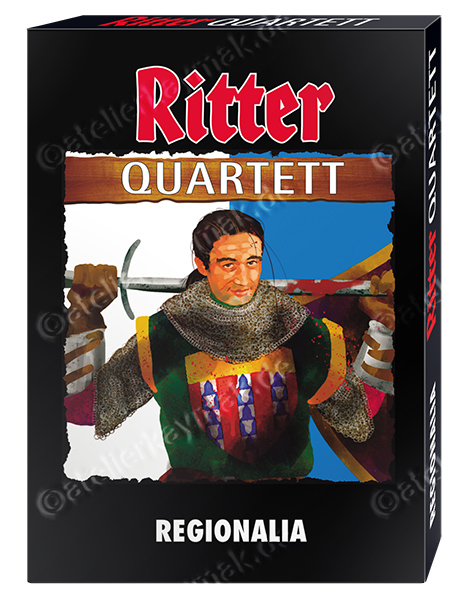Montag, 28. Februar 2022
Der Anstoß kam von einem Kunden, der einen 3D Experten für Produktfotografie sucht.
Ich wollte da schon seit Jahren einsteigen – hatte mich aber vom Design der kompliziert aussehenden UI stets abschrecken lassen. Schließlich bin ich von Haus aus kein Maschinenbauer und CAD-Experte. Aber 3D-Computeranimationen haben mich schon immer beeindruckt (man denke an die vielen 3D-Filme aus den Pixar Animation Studios. Diese genialen und meist sehr witzigen Umsetzungen haben mir von Anfang an großen Respekt abgerungen.
Aus meinen Erfahrungen mit 2D-Trickfilmen weiß ich, wie aufwendig so eine Produktions Pipeline werden kann. Der Ablauf eines Animationsprojekts von Beginn bis Ende mit Vorproduktion, der eigentlichen Produktion und der Postproduktion – kann leicht zu einem schwerkalkulierbaren Unterfangen werden.
Mich als Grafiker mit Schwerpunkt Illustration, hat, verständlicherweise, weniger die Technik als das Optische interessiert. Auf Deutsch: mich hat mehr die Gestaltung der Figuren interessiert als deren technisch intensive Umsetzung als steuerbare 3D-Körper. Die Animation an sich widerherum, hat mich, natürlich – weil der Sprung von der statischen Abbildung zum bewegten Bild in Form von 2D-Trickfilmtechnik nachvollziehbar logisch und konsequent ist - magnetisch angezogen.
Mein selbstgewählter „Boykott“ in die 3D-Animation war im Grunde genommen die Scheu oder sogar eine gewisse Abneigung gegenüber der Technik. Das kompliziert wirkende, technische Umfeld von CGI – der 3D- Computergrafik- hat mich, den kreativen Pinselschwinger aus der Welt des Papiers und Farbtöpfe, zu sehr an Mathematik denken lassen. Und weil ich kein Brückenbauer- sondern Grafiker geworden bin – kann man das vielleicht nachvollziehen.
Es gibt aber auch einen weiteren Grund, warum ich mich so lange von der 3D-Computergrafik ferngehalten habe: es ist die Ausformulierung der Charaktere. Ich ertrage die meisten Figuren – egal ob von Pixar oder Disney oder von wem auch immer – nur unter Bauchschmerzen! Aus dem einfachen Grund heraus, weil mich diese weltweite „Standardisierung“ der 3D-Trickfiguren (und damit meine ich hauptsächlich Gesichter und Augen) – nervt!
Ich hatte schon in meiner Kindheit die in japanischen Anime-Studios produzierten „Heidi“-Folgen als „irgendwie merkwürdig“ empfunden. Ganz einfach darum, weil ich – …und das ist jetzt keine Wertung! - die auf japanische Normen stilisierten Figuren nicht in meiner Lebenswirklichkeit integriert sehen konnte.
Der große Hype um Manga (japanischen Comics mit Figuren mit tellergroßen Augen) und Animes (den Trickfilmumsetzungen ebensolcher Comics) erreichte Deutschland erst viele Jahre später. In Japan und wahrscheinlich im ganzen Fernosten und in den USA - sind Mangas und Animes wesentlicher Bestandteil des Alltags geworden. Sie sind ganz einfach nicht wegzudenken.
Ein anderer Grund dürfte sein, dass Psychologen aus der Marktforschung mittels Experimente herausbekommen haben, dass der einfache Trick der Biologie – dass der Nachwuchs besonders große Augen aufweisen sollte um nicht gefressen sondern behütet zu werden- in der Regel funktioniert. Erinnert werden soll hier an die „Teletubbies“ - das erste im Labor konzipierte Konzept für „Baby-TV“ - vom Französisch-deutschen Sender ARTE. Das hat - allen Unkenrufen zum Trotz - scheinbar gut funktioniert.
Aber zurück zu mir und zu meiner Entscheidung, doch noch in die 3D-Computergrafik einzusteigen bevor ich ins Gras beiße. :-)
Der Anfangs erwähnte Anstoß hat es mir also ermöglicht, die Angst vor den meist unsäglich kompliziert aussehenden UIs, den Benutzeroberflächen, zu nehmen. Mein Ehrgeiz und meine Neugierde (geboren aus dem Entschluss es mir selbst zu beweisen) haben mich – dem passionierten Autodidakten - einen intensiven Crashkurs zu absolvieren! Und was soll ich sagen: es hat geklappt! :-)
Auf einmal sind tausende Paletten, Fenster und Drahtgitter – keine Fremdkörper und Feinde mehr, die einem böses wollen! Im Gegenteil! Jetzt erscheinen sie mir als schätzenswerte, freundliche Helfer, deren Hilfe ich gerne in Anspruch nehme. Ich kann endlich eintauchen in die virtuelle Realität, den dreidimensionalen Raum. In die Welt des virtuellen Modellierens – des „digitalen Knetens“ und Formens von digitalen Körpern. Zu Körpern, die ich aus der gedanklichen Vorstellung heraus in steuerbare Objekte materialisieren kann. Das schafft buchstäblich neue Perspektiven...
Falls mich jetzt jemand fragen sollte, wie das so schnell gehen kann? Die Antwort: ich verfüge glücklicherweise über eine steile Lernkurve! Last but not least: ich durfte im Rahmen meiner Profilierung zum Grafik-Designer nebenbei auch das Fotografieren lernen. Damals noch klassisch mit Belichtungsmesser, Kleinbild- und Mittelformatkameras, Labor mit Wannen, Borlampen, Chemie und den obligatorischen Papierabzügen. Im Zusammenhang mit 3D-Computergrafik kann ich jetzt vieles vom technischen Knowhow –wie Bildwinkel, Brennweite und Beleuchtung – jetzt sehr gut gebrauchen, um Kompositionen stimmig aufzubauen.
Hilfreich sind auch meine Erfahrungen aus der jahrelangen Arbeit als Fotolayouter und Storyboarder -den optischen „Drehbüchern“ für Fotografen und Werbefilmer. Diese kommen in meiner 3D-Arbeit ebenso zur Geltung wie meine klassische, zeichnerische Schulung (damals noch mit echten, nackigen Akt-Modellen oder dem Naturstudium, dem Zeichnen vor Ort: mitten in der Pampa). All das wird zusammengehalten und getragen von einer soliden Basis aus der professionellen Schulung in visueller Gestaltung (dem klassischen Grafikdesign mit Farben- und Formenlehre, der Typografie sowie in (kalligrafischer) Schriftgrafik.
Frage: was für Vorteile bietet ein Grafikdesigner mit Schwerpunkt Illustration und 2D-Animation – der 3D-Computergrafik anbietet?
Antwort: Die direkte und kurze Kommunikations-Pipeline schont Nerven und spart Zeit- und Geld!
"KAYMAK goes 3D!" vollständig lesen
Geschrieben von
KAYMAK
in
animation,
cartoon,
comic,
grafikdesign,
illustration,
interaktiv,
karikatur,
konzeptgrafik,
trickfilm,
tv,
webdesign,
werbefigur
um
13:06














